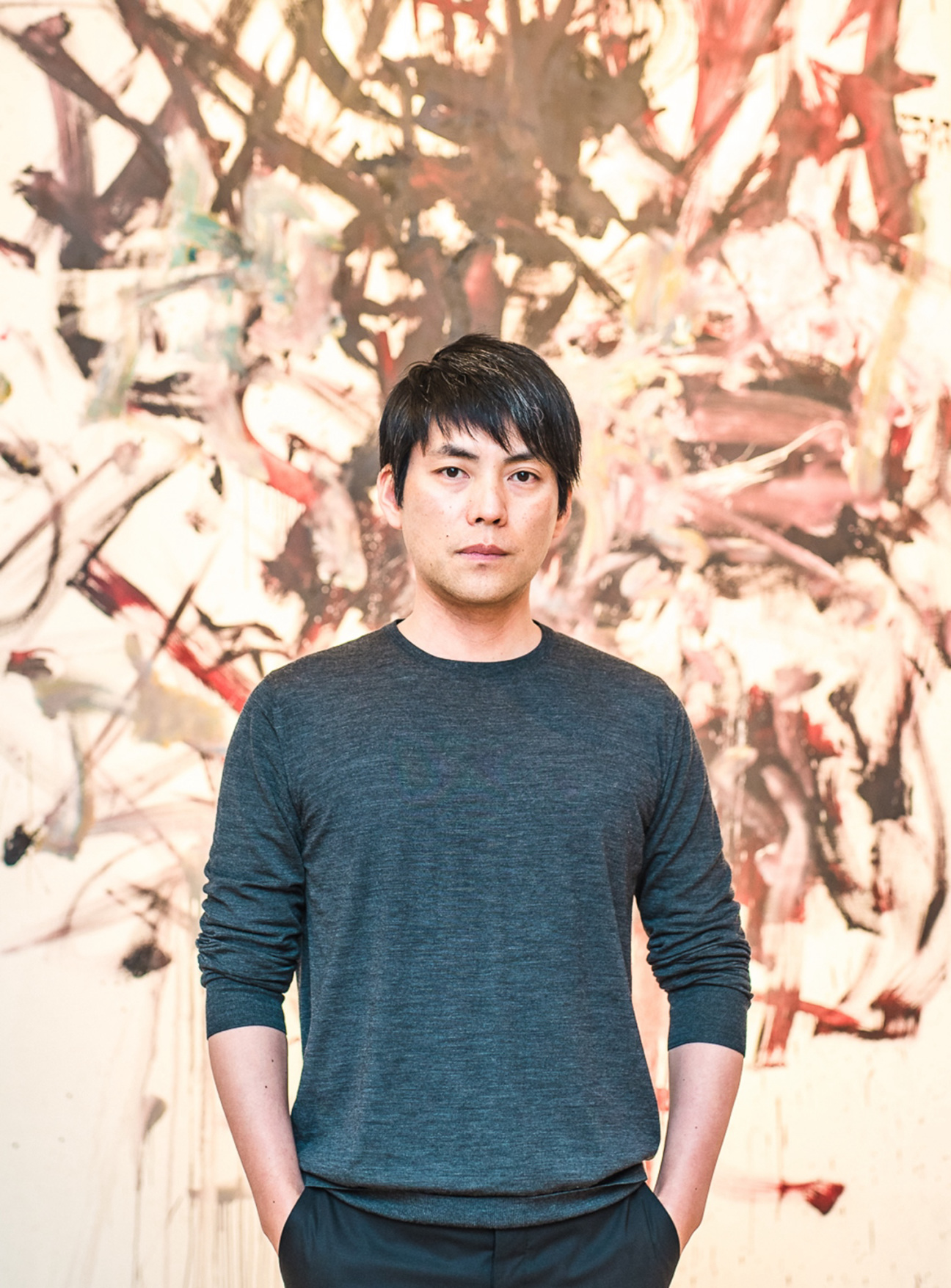
Shohei Shigematsu is an anomaly in the OMA-verse.
Over the years, dozens of articles have chronicled the exodus of OMA-trained talents who chose to strike out on their own, emerging from the shadow of iconic king and queenmaker Rem Koolhaas. Shigematsu is not one of them.
The now 51-year-old embarked on his OMA orbit in 1998 in the Rotterdam office. By 2006, Koolhaas had tapped him to run a skeletal office in New York. Two years later, he became a partner (thus the designation OMA/Shohei Shigematsu). The studio's first decade operated in fits and starts, while its second cemented Shigematsu’s name as an architectural powerhouse—fleshing out a wide-ranging portfolio of built work, including a skyscraper in Tokyo, a museum addition in Quebec, and a Park Avenue Armory collaboration with artist Taryn Simon.
"Globalization" in architectural lectures is an oft-tossed term in academia, but few have practiced it like Shigematsu, who often juggles dozens of projects in multiple countries. He's been on the frontlines, participating in the symbolic progress of modernization in China and the Middle East, yet he bemoans the loss of a sense of place when the hunger for iconic buildings tips the scales. One country has solicited a large part of the studio’s attention: Projects in Japan now account for 40 percent of OMA New York’s work. While it may be his homeland, Shigematsu maintains that New York is his home. He goes on to suggest that it's lazy and perhaps even Western-minded to bucket architects by their ethnic background: "Clients come to OMA New York because they like our attitude. We are open-minded, [and] we are ready to roll up our sleeves."
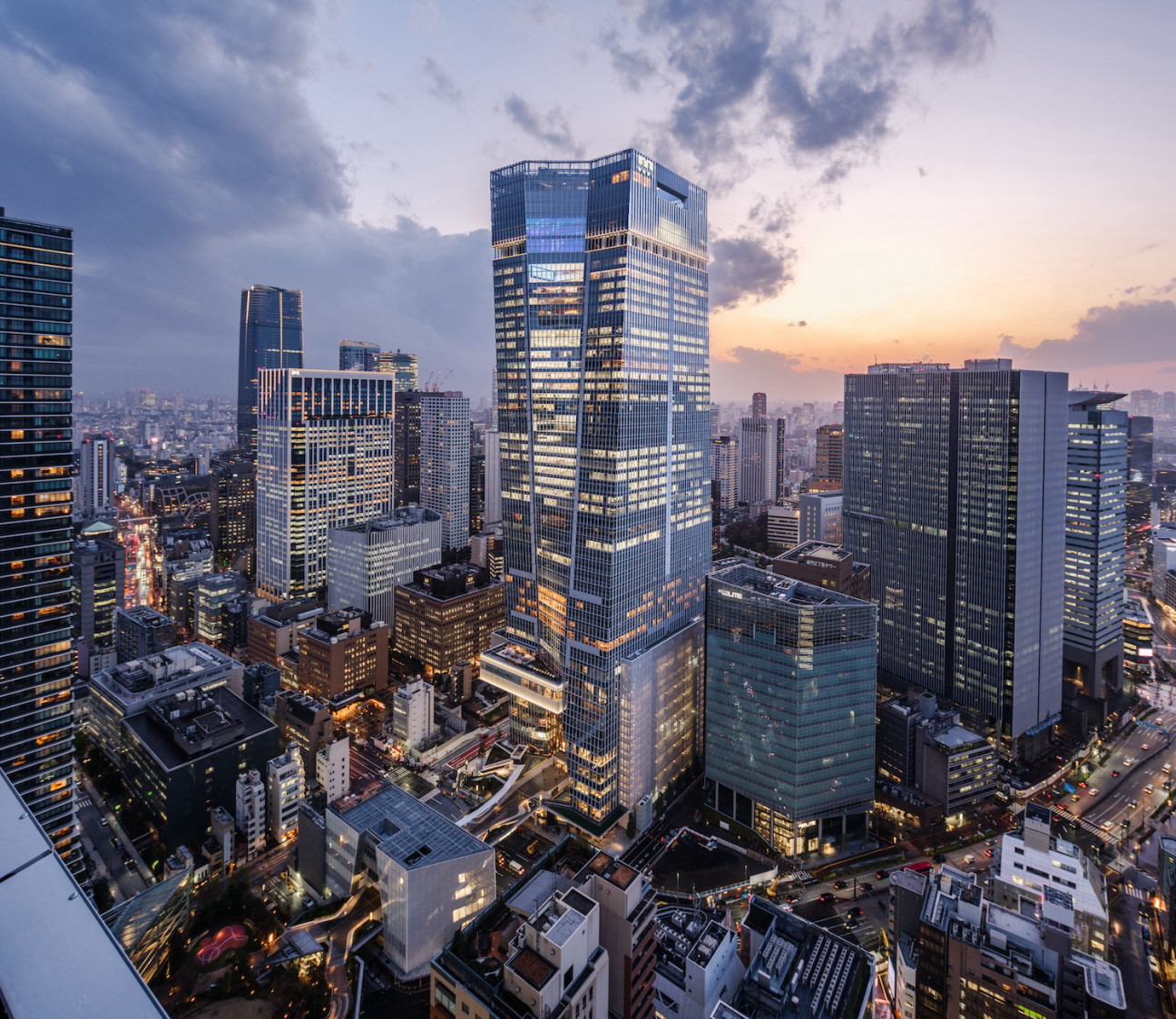
This open-mindedness has inspired the studio to undertake several retail projects, a trait rooted in Koolhaas's long-standing relationship with Miuccia Prada. At the turn of the century, most architects scoffed at retail work—"it's beneath me, temporary, and for the masses." How times have changed! Social media's dominance places fashion center stage because it's accessible, fast, and flashy. And in Shigematsu's hands, exhibition and retail design is part and parcel to the art of fashion.
In 2024, for the Louis Vuitton "Visionary Journeys" exhibition in Bangkok, the studio asked themselves if humor could be structurally sound. Shigematsu and project leader Jesse Catalano constructed an arched tunnel out of the famed maison’s trunks, transporting viewers through a captivating portal into Louis Vuitton's story. In November, the dull, five-story atrium at the brand’s 57th Street flagship was transformed by stacking the signature trunks into 50-foot-high sculptural towers that invoke the verticality of Manhattan. Now add to the mix Tiffany's landmark flagship in New York and collaborations with Dior spanning seven years and ongoing. Not only are you creating a new visual language for luxury that links fashion houses and museums, but your office stays relevant while larger projects take years to finish.
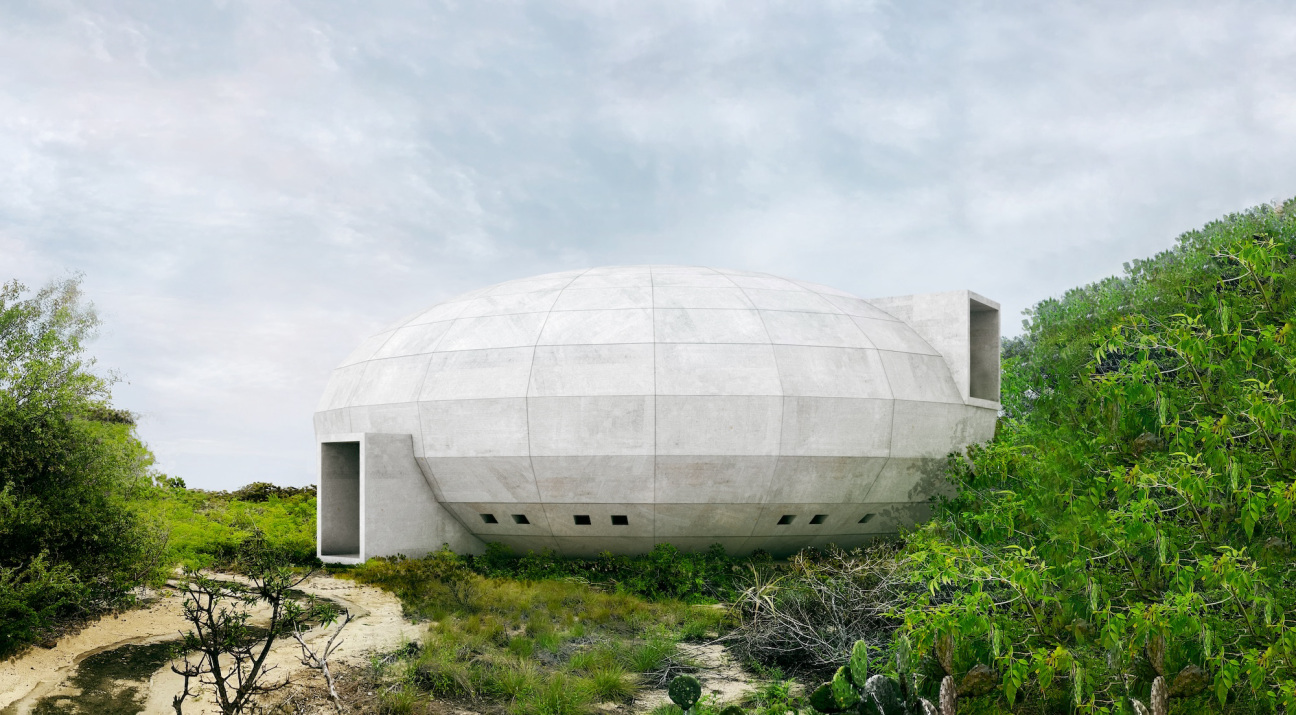
For Shigematsu, the act of building is how you test if the program, the circulation, the materials, or the humor works. He can scale up and down and loves collaborating with artists because they obsess over every detail. The stars aligned in early 2024 at Casa Wabi Foundation, founded by Mexican contemporary artist Bosco Sodi. The rural compound is home to a handful of architectural interventions, including a chicken coop by Kengo Kuma.
Shigematsu designed a concrete pavilion shaped like an egg, a self-supporting ellipsoid that incubates mushrooms growing in terra cotta pots crafted by local artisans. The fungi production is on full display and will be harvested and returned to the local community. The Mushroom Pavilion pays homage to the eco-art of Helen Mayer and Newton Harrison, who proved spectacle in cultural spaces could lead to genuine conversation and policy changes. Shigematsu's next step is to return to Puerto Escondido in the spring and share a mushroom omelet with Sodi and the local artists.
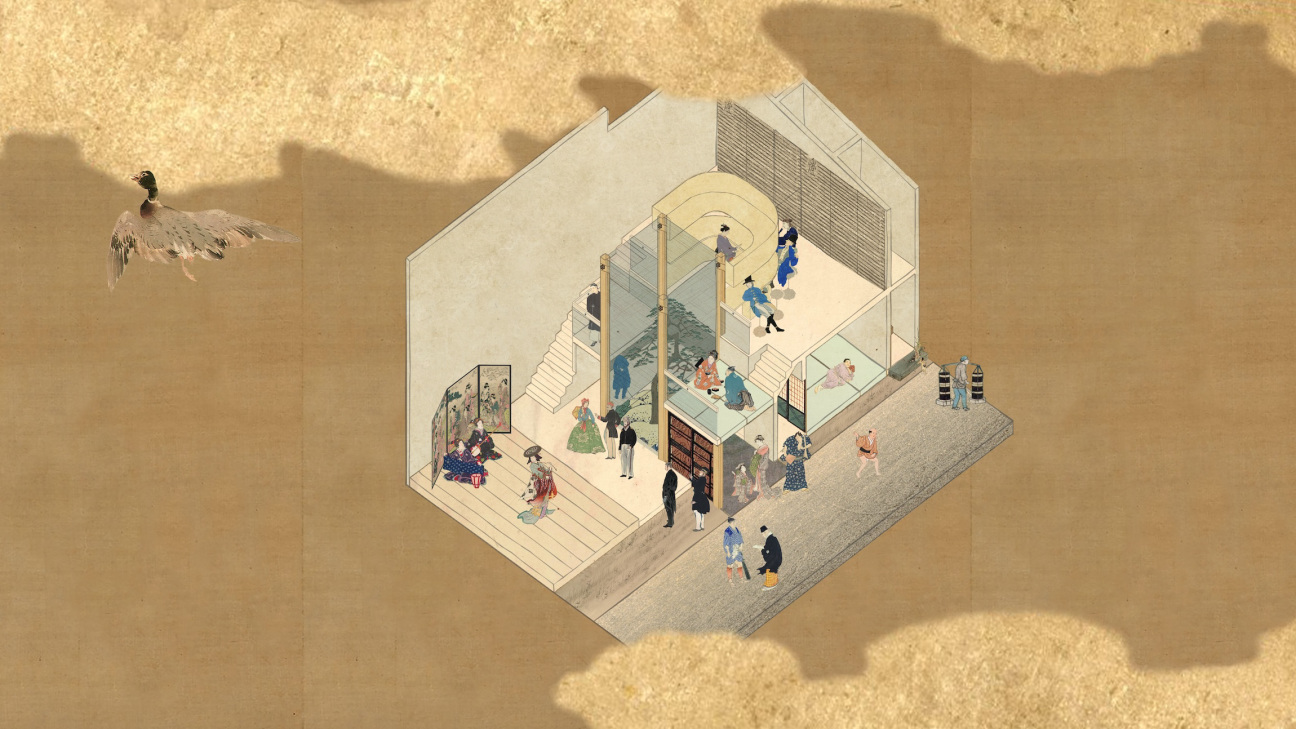
IN HIS OWN WORDS
What was your favorite toy growing up?
Gundam plastic models.
Whose house would you live in (real or fictional) and why?
It’s not so much about the house but where. Where mountain and ocean meet.
What is your go-to uniform when you're powering through a project?
I have too many styles of clothing. It depends on my mood but also where I am that day.
Are there any analog materials you return to in spite of the prevalence of new technologies?
I wish we could make buildings with digital materials. For physical materials, I’m drawn to things with a human touch whether it’s handmade or influenced by human hands.
Who chooses the playlist in your studio?
An algorithm, built off staff submissions to our studio playlists.
What’s a trend in architecture you wish would die out?
I embrace diversity, so nothing should die out.
What is one detail of a structure that most people wouldn't notice, but that you always look to for insight?
Detail is an extension of a narrative, so I look into the consistency of the building from concept to detail.
What is the most progressive architectural city you’ve visited?
What is your last source of inspiration that surprised you?
A five-hour-long meal at Noma Kyoto with a Mexican artist and a film director with lots of Japanese whiskey. It was an unexpected meeting of people, food, and place, which made for an inspiring conversation.

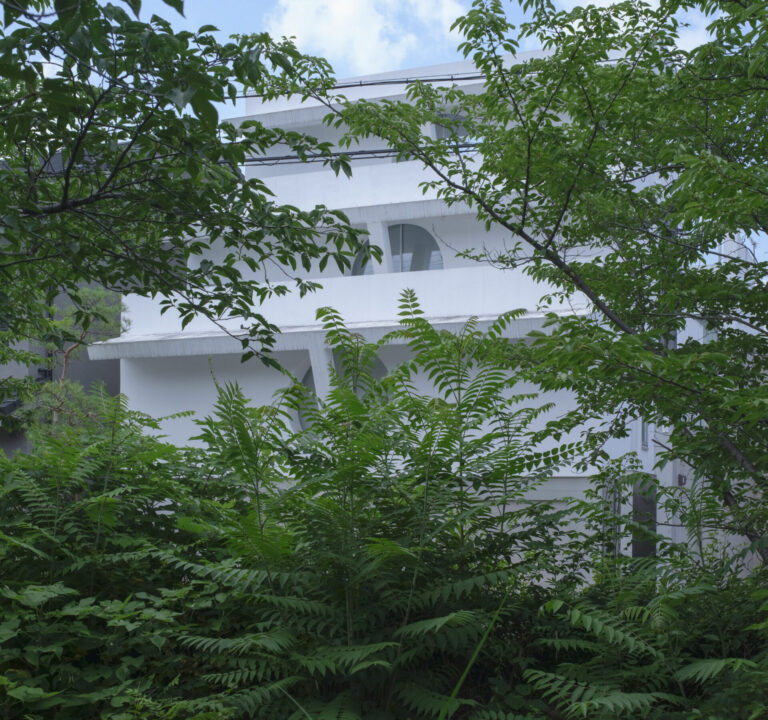
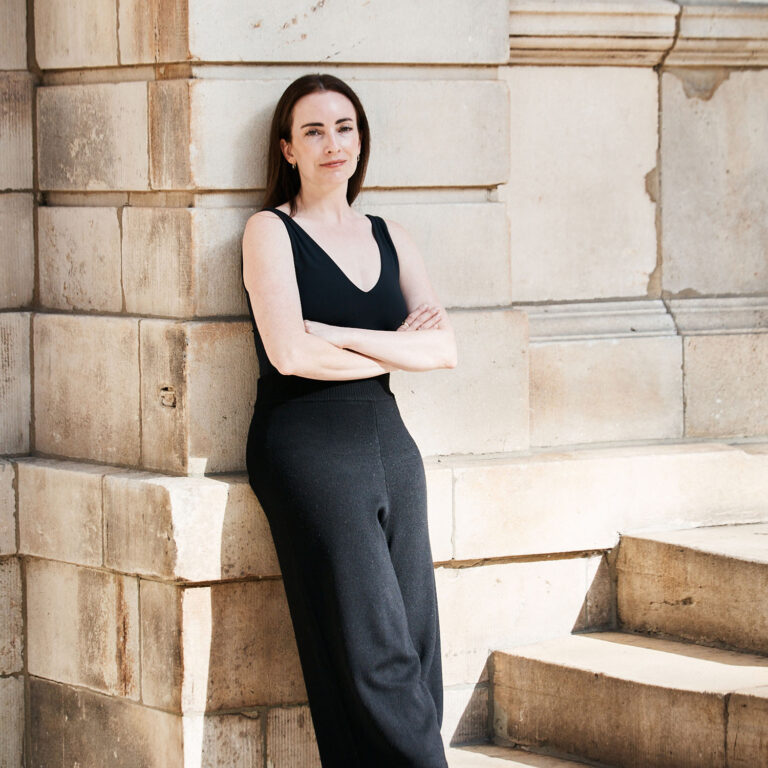

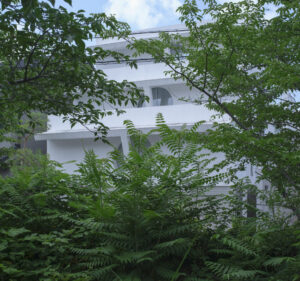
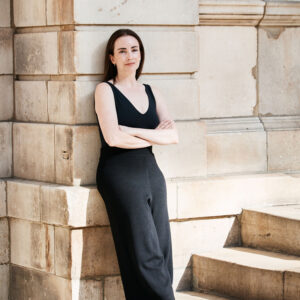
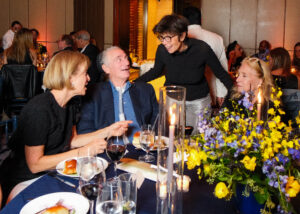



 in your life?
in your life?

